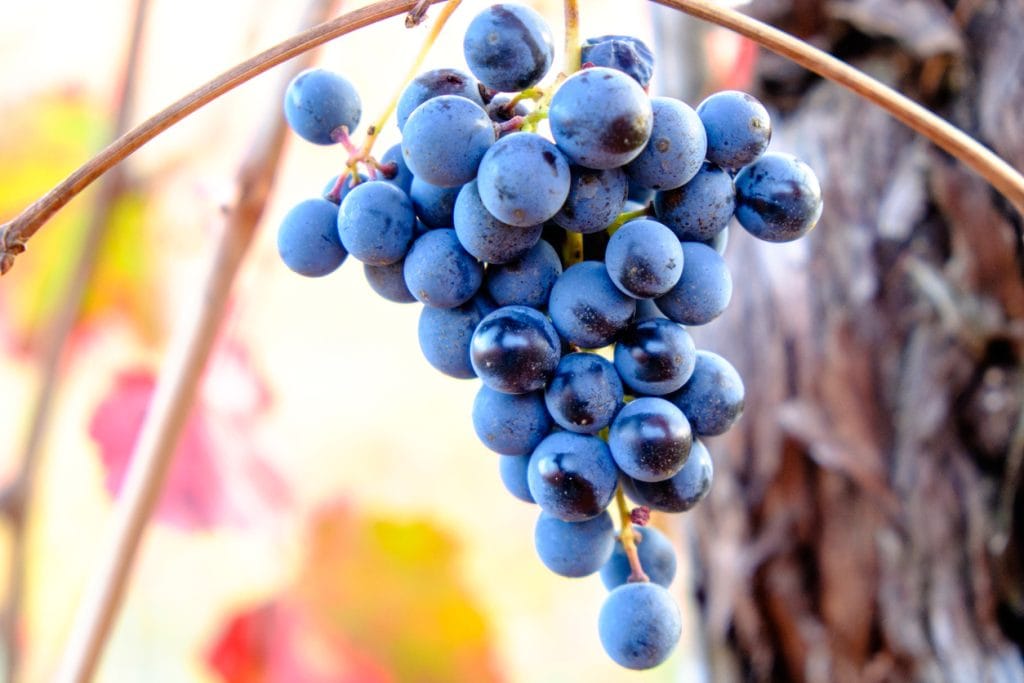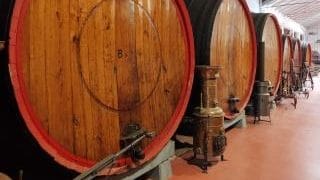CONCEPT STORE
Piazza Grande 34, Modena
Piazza Grande 34, Modena
FOOD EXPERIENCE




Lambrusco is the most widespread family of red grape varieties in the countryside that extends from Parma eastwards to include the territories of Reggio Emilia, Modena and Mantua.
Modena has always been the hub of Lambrusco production, also thanks to the great passion and experience of the people who live in this area.
Lambrusco is one of the oldest wines, as confirmed by the discovery of sylvan vine seeds dating back to the Bronze Age in the current production areas.
Direct evidence comes to us from Virgil, who mentioned the ‘vitis labrusca’ in his fifth bucolic; from Cato in ‘De agri cultura’; from Varro in ‘De re rustica’; from Pliny the Elder in the ‘Naturalis Historia’, where are described various interesting informations about ampelographic characteristics.
The name Lambrusco comes from the wild origin of its garpe variety: labrusca.
The Romans even drank the ancestor of Lambrusco in a sparkling version, through a refermentation in amphorae: after filling and sealing them well, they placed the amphorae underground or half-immersed in ice-cold water, so as to keep the temperature of the contained wine low. To make it sparkling, they put it in a higher temperature condition and after a few days it was ready to drink.
The production of this wine was always considered to be of great importance and prestige; its success is confirmed by some trade papers from 1850 that tell about its exportation even to France.
Lambrusco, with its cheerful froth and good acidity, is recognisable from the first sip thanks to its freshness, its bubbles and its red fruit aromas. These fragrant grapes produce a deeply pleasant and exuberant sparkling wine, to the point of being the most exported in the world.
It is a wine with a low alcohol content (10.5 – 12.0% vol.) and has to be drunk still fruity, in a sparkling version (suitable during meals) or spumante, dry, semi-dry or amabile, red or rosé. In any case well drinkable.
It is excellent to drink with cotechino, typical Emilian cured meats, prosciutto, gnocco fritto and tigelle of Modena or Romagna piadina.
It is produced with spontaneous re-fermentation in the bottle (traditional or ancestral method) and, more frequently, with re-fermentation in steel to ensure the absence of residues in the bottle.
The names of Lambrusco of Modena:
EXPERIENCE CAN INCLUDE:
Experience available from Monday to Sunday